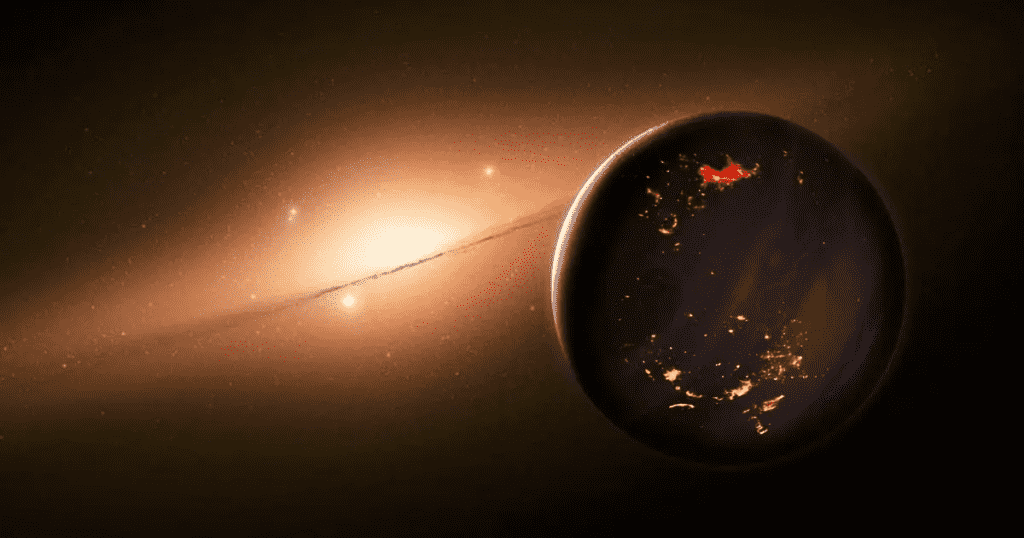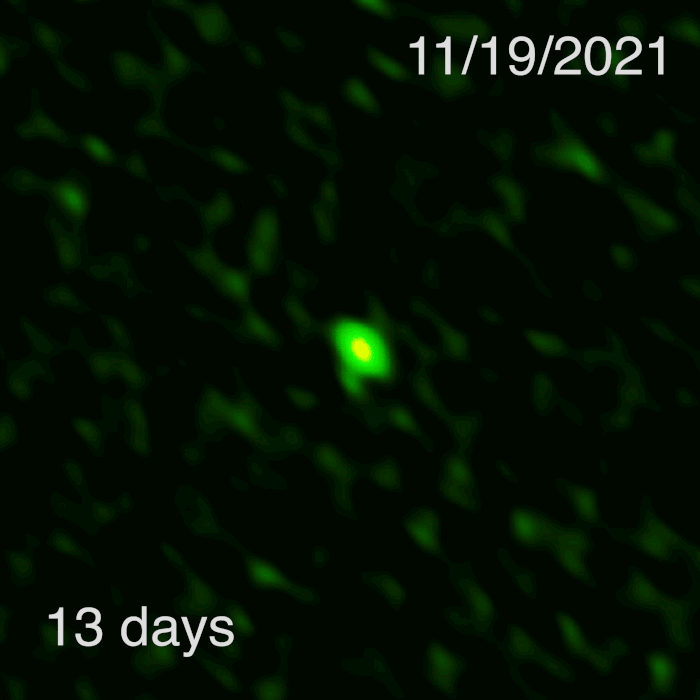Scientists have captured the tail-end of a neutron star smashing into its stellar neighbor.
This collision led to an explosive jet that was so powerful that it blasted a gamma-ray burst (GRB) that potentially emitted more energy in a few seconds than our Sun ever will.
GRBs are the most energetic explosions scientists know of and are responsible for the creation of the heaviest elements in the universe like gold and platinum.

It was for the first time that a short-duration GRB designated GRB 211106A has been captured in millimeter light with the help of the Atacama Large Millimeter Array (ALMA).

“This short gamma-ray burst was the first time we tried to observe such an event with ALMA,” said Wen-fai Fong, Northwestern University assistant professor and co-author of a new study, which is set to be published in an upcoming issue of Astrophysical Journal Letters, in a statement.
GRBs, mostly with short duration, are massively difficult to capture. According to the scientists, only six have been detected, ever and that too, only in radio wavelengths.
“Afterglows for short bursts are very difficult to come by, so it was spectacular to catch this event shining so brightly,” Fong added.
“What makes GRB 211106A so special is it’s not only the first short-duration GRB that we detected in this wavelength but also, thanks to the millimeter and radio detection, we could measure the opening angle of the jet,” said study co-author Ruoco Escorial in the statement.
“This is essential to infer the real rates of short GRBs in our universe and to compare them with the rates of a binary neutron star or a neutron star and black hole mergers.”
It can be said that using the millimeter data, scientists can start calculating just how frequently these kinds of cosmic bursts occur. This will be an interesting take into the universe.


